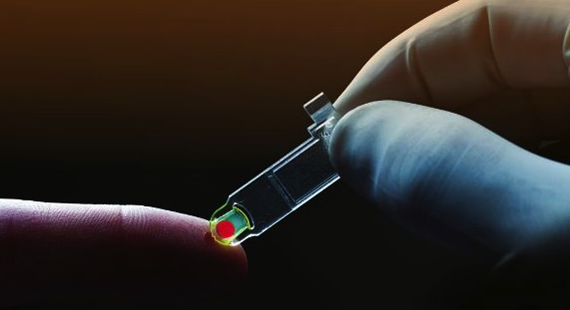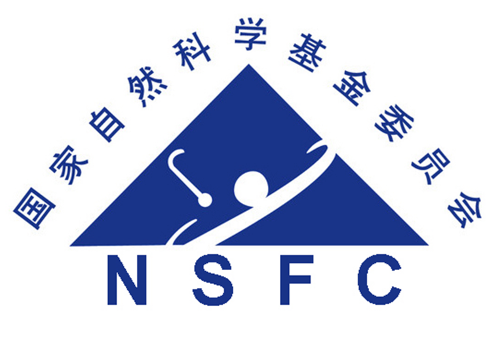
-
Research Project
1. JSPS KAKENHI (Early-Career Scientists Fund), Acute nose-on-a-chip based on mid-infrared graphene-on-silicon hybrid photonic-plasmonic waveguides.
2. NSFC (Young Scholars Fund), Study of surface-enhanced gas absorption spectroscopy based on a mid-infrared photonic chip.
3. NSFC (General Research Fund), Study of nonlinear optical properties of mid-infrared germanium waveguide devices.
4. NSFC (NSFC/GRC Joint Program Fund), Hybrid integration of layered group ten transition metal dichalcogenides on planar waveguides for long wavelength optical communications.
5. NSF of Guangdong Province (GD/SZ/HK Collaboration Team Program Fund), Research on key techniques of silicon-waveguide-integrated optoelectronic devices for 2-micrometer-wavelength optical communications.
6. NSF of Tianjin Municipality (Distinguished Young Scholars Fund), Mid-infrared silicon photonics.
7. NSFC (General Research Fund), Study of mid-infrared gas sensing based on a novel silicon waveguide with nanoscale light confinement.
8. National Key R&D Program of China, Research on key monitoring techniques for main risk factors of grotto temple murals.
-
Research Direction

Research Direction
Photonic Chips for Environmental Sensing
With the rapid development of the Internet of Things (IoTs), sensors, as the core devices for signal acquisition in IoT technology, have been experiencing explosive growth to date. In 2007, there were about 10 million sensors worldwide connecting devices to the IoT applications, and the number is expected to reach 100 trillion by 2030. Compared with electrical sensors, optical sensors have the advantages of high precision, substantial anti-electromagnetic interference, and strong adaptability to complex and extreme environments. In this research direction, we are committed to developing photonic chips for sensing environmental information, namely, force, heat, sound, light, electricity, and gas, as well as exploring their applications in environmental monitoring, wearable devices, industrial safety, et al..
.
Photonic Chips for Optoelectronics
As one of the most powerful driving forces for the development of modern society, Information and Communication Technology (ICT) is the core technology in the next generation of artificial intelligence, mobile terminals, 5G technology, and other frontier fields. Light is an ideal medium for information transmission due to the advantages of a wide working band, large communication capacity, and strong anti-electromagnetic interference ability. Therefore, optical communication and optical interconnects have always been critical research fields in ICT. In this research direction, we are committed to the development of waveguide-integrated lasers, modulators, detectors, and other optoelectronic devices as well as chip-integrated optoelectronic microsystems, and to explore their applications in the Internet of Things, optical fiber communication, artificial intelligence, et al..
Photonic Chips for Molecular Sensing
Point-of-care testing (POCT) is an essential field in the development of laboratory medicine, which has been rapidly developing in recent years. The technology requires in-situ biological sample collecting and then rapid sample analysis using portable instruments. Moreover, the whole process could be finished by persons, even patients themselves, who the clinical laboratory subjects have not trained. Therefore, it has the advantages of convenient sampling, rapid detection, and smooth operation. In this research direction, we are committed to the development of new molecular detection chips, using spectroscopy to achieve timely, accurate, and low-cost detection of biomolecules and cancer disease biomarkers.













